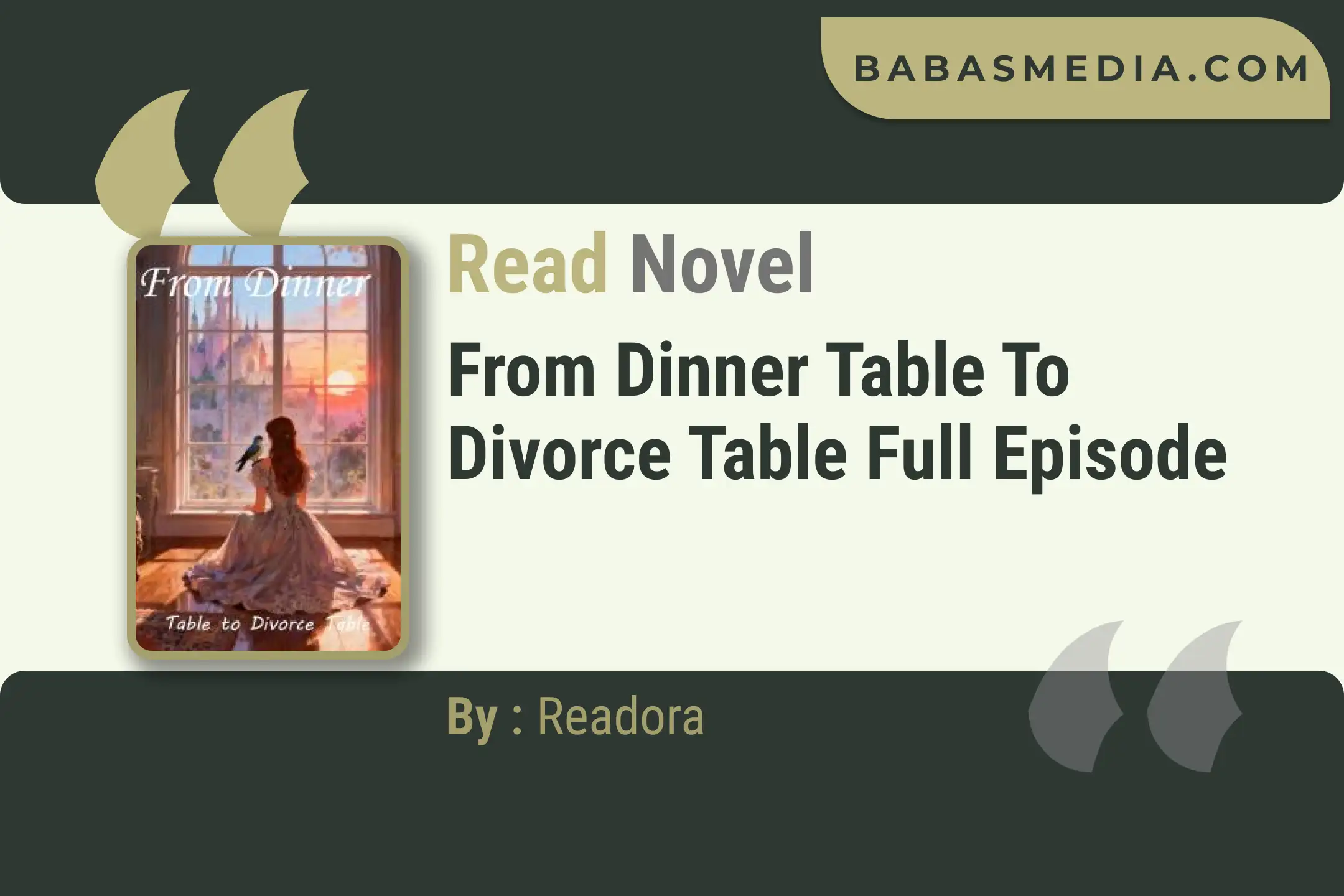7 Tips for Choosing the Right Life Insurance for the Future

Hey everyone! Babasmedia here, and today we’re diving into something super important—life insurance. It might sound complicated, but trust me, it’s one of the most critical financial tools to ensure peace of mind and protection for you and your family.
With so many life insurance types out there, choosing the right one can be overwhelming. But don’t worry, I’ve prepared a comprehensive guide to break it all down for you, as if we’re having a casual chat.
Let’s uncover the secrets to choosing the right life insurance for your future!
1. Understanding Different Types of Life Insurance

The first thing to consider is the two main types of life insurance: term life insurance and permanent life insurance.
Term Life Insurance
This type offers coverage for a specified period, such as 10, 20, or 30 years. If you pass away during this term, your beneficiaries receive a death benefit. Term life insurance is usually more affordable and straightforward compared to permanent life insurance. It’s perfect if you need coverage during a specific time, such as when you have young children or a mortgage.
Permanent Life Insurance
Permanent life insurance includes several subtypes, such as whole life, universal life, and variable life. These policies provide lifelong coverage as long as premiums are paid. They are more expensive but build cash value over time. This cash value can be borrowed or withdrawn while you’re still alive.
- Whole Life Insurance: Traditional permanent policy with fixed premiums, guaranteed death benefit, and a savings component.
- Universal Life Insurance: Offers more flexibility with premium payments and death benefits, along with a savings component that earns interest.
- Variable Life Insurance: Lets you invest the policy’s cash value in various investment options, offering higher potential returns but also higher risks.
It’s crucial to understand the differences between these types and choose the one that fits your life situation.
2. Assess Your Financial Needs

Before buying life insurance, evaluate your financial situation and future needs. The goal of life insurance is to replace your income and cover any debts or expenses in the event of your death.
Ask yourself:
- How much debt do you have (e.g., mortgage, credit cards, student loans)?
- What future expenses will your family face, such as your children’s college tuition or your spouse’s living expenses?
- How much income will your family need to maintain their current lifestyle if you’re no longer around?
A general rule is to buy life insurance coverage that equals 10 to 15 times your annual income. However, this is just a guideline. You might need more or less coverage based on your unique situation.
3. Calculate the Required Death Benefit

Once you understand your financial needs, you’ll have a clearer picture of how much coverage you need. Here are two common methods to calculate the required death benefit:
Income Replacement Method
Multiply your current annual income by the number of years your family will need financial support. This calculation ensures your family can maintain their standard of living.
Expense-Based Method
Add up all financial obligations you’ll leave behind, like funeral costs, debts, children’s education, and daily living expenses. Then subtract any savings or existing life insurance coverage that can help cover these costs.
Using an online life insurance calculator can also simplify this process.
4. Balance Coverage with Your Budget
Your budget plays a crucial role in determining the right life insurance policy. Term life insurance is much more affordable than permanent life insurance, making it a great option if you need simple, cost-effective coverage for a set period.
However, if you’re interested in building cash value or providing lifelong protection, you may want to consider permanent life insurance, though the premiums are higher. It’s important to balance your insurance needs with what you can afford to pay in the long term.
5. Consider the Insurance Company’s Reputation

Choosing a life insurance company with a good reputation and strong financial stability is key. You want to make sure the company will be around to pay out your claim 20, 30, or even 50 years from now.
How to Evaluate a Company’s Reputation
- Financial Ratings: Companies like A.M. Best, Moody’s, and Standard & Poor’s provide ratings that evaluate an insurance company’s financial health. Look for companies with strong ratings.
- Customer Reviews: Research customer feedback about their experiences with customer service, claims processing, and overall satisfaction. Avoid companies with a history of denying claims or poor customer service.
6. Understand Policy Exclusions and Riders

It’s essential to know what your policy covers—and what it doesn’t. Some life insurance policies may not cover specific types of death, such as those resulting from high-risk activities like skydiving or pre-existing medical conditions.
Additionally, many life insurance policies offer extra features, called riders, that you can add to your main policy for additional benefits. Common riders include:
- Accidental Death Benefit: Pays an additional benefit if the insured dies in an accident.
- Waiver of Premium: Waives premium payments if you become disabled and can no longer work.
- Critical Illness Rider: Provides a payout if you’re diagnosed with a serious illness, such as cancer or heart disease.
Be sure to understand the terms of each rider and any exclusions that might impact the effectiveness of your life insurance policy.
7. Review Your Policy Regularly
Life insurance isn’t a one-time purchase. As your life circumstances change, so too will your insurance needs. Major life events like marriage, having children, buying a house, or changing jobs can all impact your life insurance requirements.
Review your life insurance policy every few years or after significant life changes to make sure your coverage still aligns with your needs.
Conclusion
Choosing the right life insurance is a critical decision that requires careful consideration. By understanding the different types of policies, evaluating your financial needs, and comparing offers from various companies, you can ensure you and your family are adequately protected.
The right life insurance policy not only provides peace of mind but is also an essential part of your financial planning, helping your family maintain financial stability even in your absence.
Got a better understanding of life insurance now? If you have more questions or want to explore related topics like how to file a life insurance claim or tips on choosing a trustworthy insurance agent, feel free to ask!








